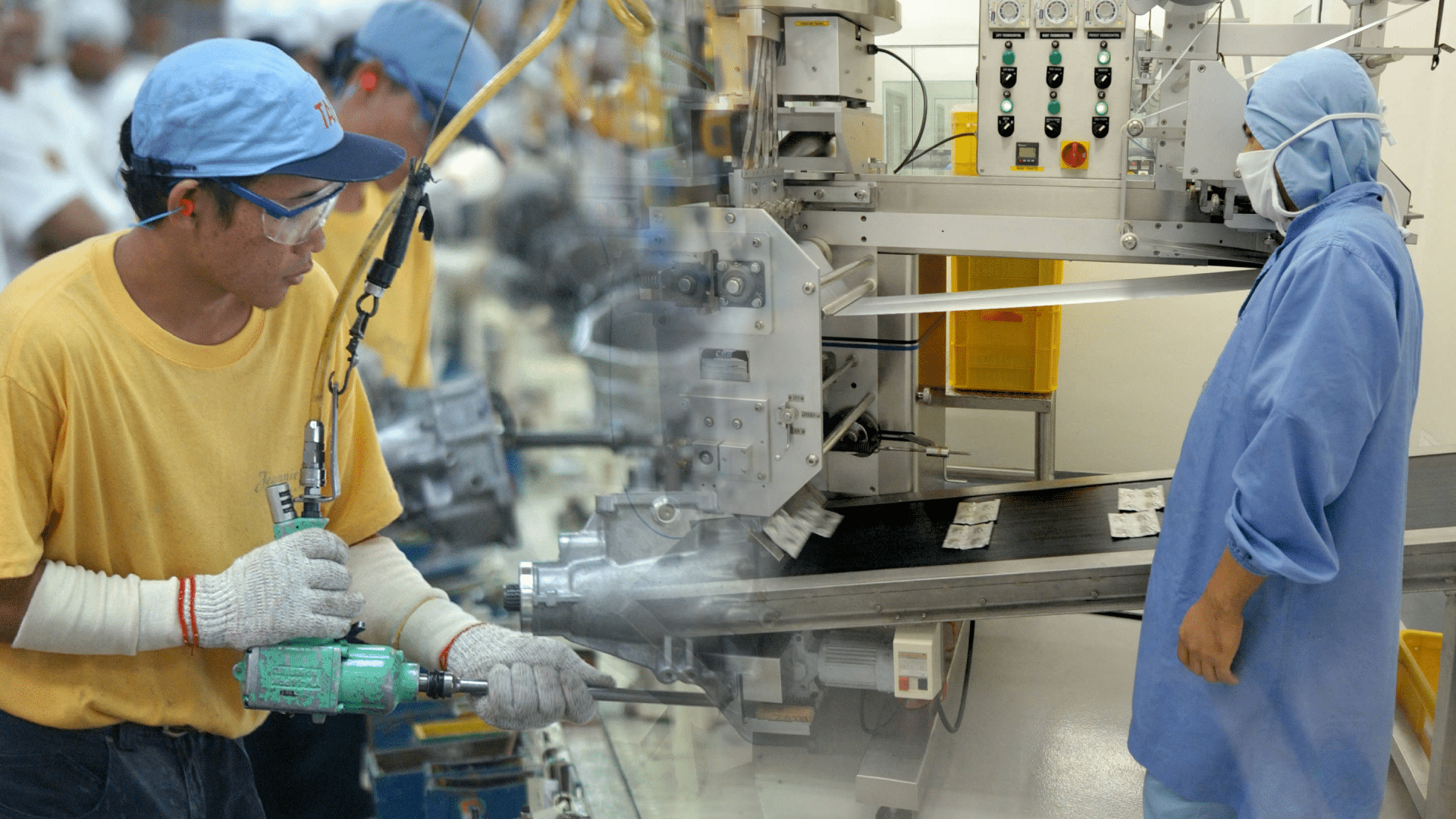Manufacturing seen to help PH reap demographic dividends

The concept of “demographic sweet spot” means that a country has a high proportion of working-age individuals relative to dependents. A growth in the working age population equates to having more people turning productive. (PHOTOS FROM AFP)
With its young population, the Philippines is deemed to be in a “demographic sweet spot”, but dividends will come only if there are enough employment opportunities for new job seekers.
According to the London-based think tank Capital Economics, the challenge to policymakers is to ensure that a growing labor force can be put to good use as it highlighted the role of the manufacturing industry in economic growth.
The labor- and capital-intensive industry is historically the only sector capable of creating enough productive jobs to absorb a nation’s increasing workforce.
Last year, the manufacturing sector only accounted for 18 percent of the country’s gross domestic product, making it the lowest share since 2000.
READ: Philippine manufacturing output up for 9th month in May
Article continues after this advertisementThe concept of “demographic sweet spot” means that a country has a high proportion of working-age individuals relative to dependents. A growth in the working age population equates to having more people turning productive.
Article continues after this advertisement“If the Philippines is to make the most of its demographic dividend, it will need to provide enough good employment opportunities for the people who are set to enter the workforce in the coming years,” Capital Economics said in a report.
According to the United Nations, the working age population in the country is expected to grow by 1.5 percent every year over the next decade, which is more than in any country in the region just behind Pakistan.
Meanwhile, the population of Filipinos over 65 or below 15 is projected to decrease over the next decade, therefore lowering the number of dependents relative to the number of working Filipinos.
With the current demographics, Capital Economics noted that it would also increase the country’s national savings rate since working people normally save compared with the elderly.